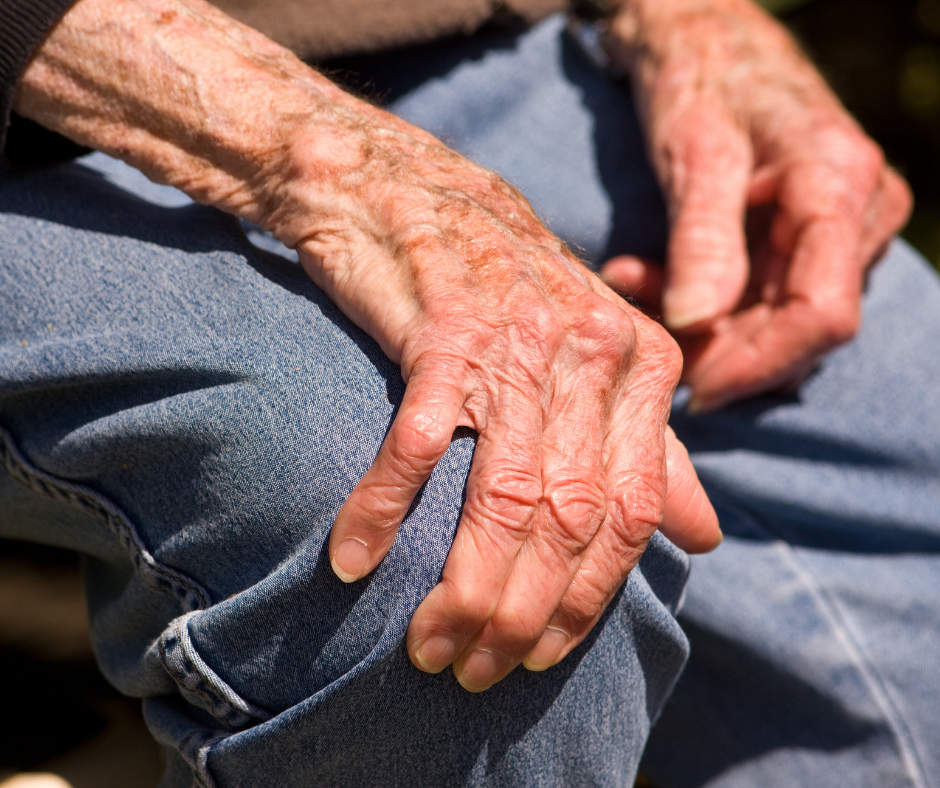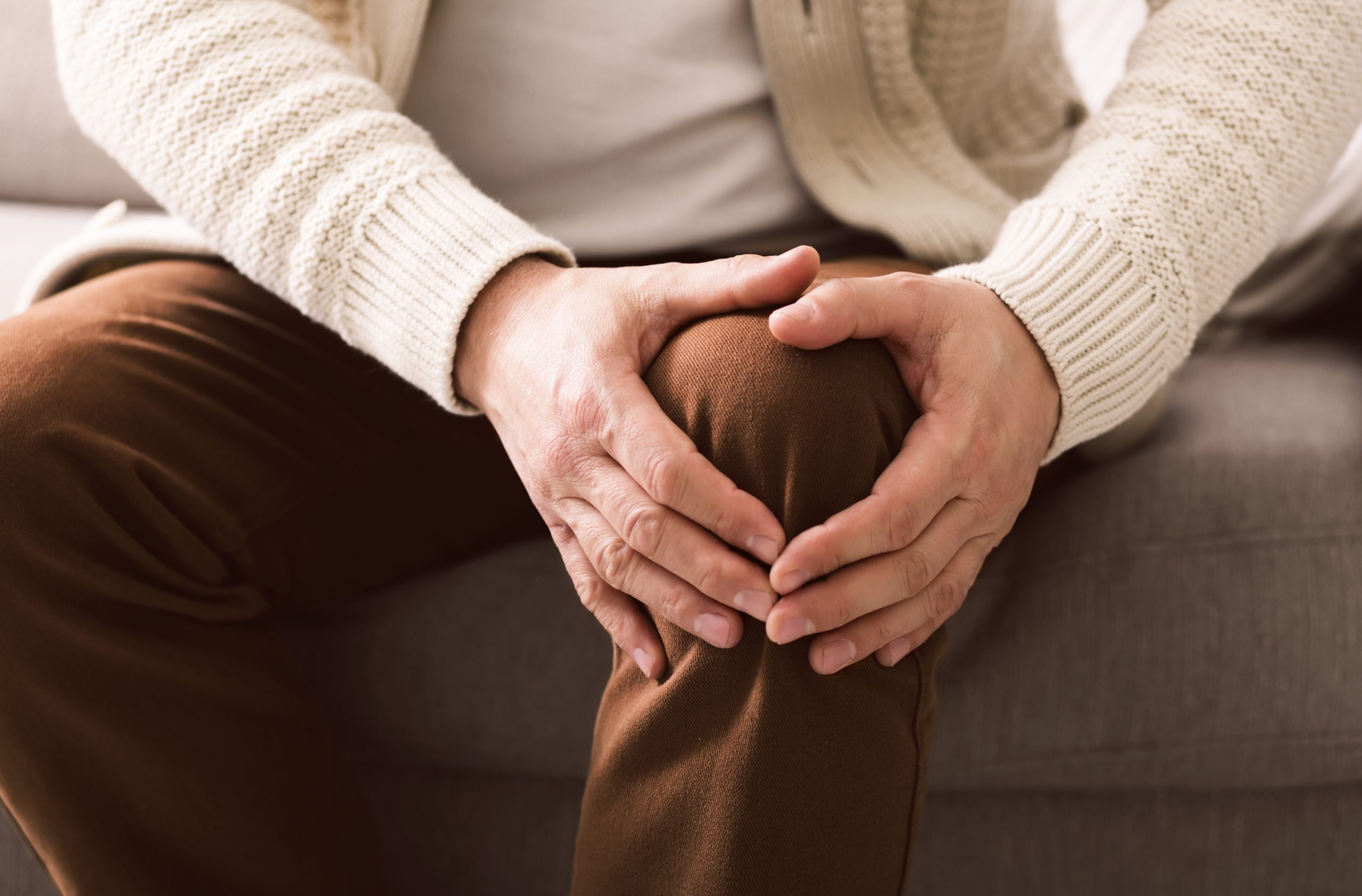
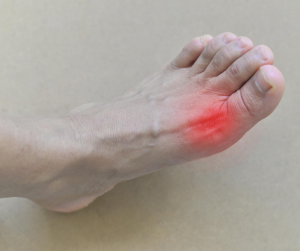 Gout is a unique type of arthritis that is caused by needle-like crystals forming in your joints. We say ‘unique’ because its disease process is very different from the wear-and-tear osteoarthritis, or any auto-immune arthritis types like rheumatoid arthritis where the body’s immune system mistakenly attacks its own joints.
Gout is a unique type of arthritis that is caused by needle-like crystals forming in your joints. We say ‘unique’ because its disease process is very different from the wear-and-tear osteoarthritis, or any auto-immune arthritis types like rheumatoid arthritis where the body’s immune system mistakenly attacks its own joints.
Gout occurs when a high concentration of a substance called urate, or uric acid, accumulates in our blood and crystallises in the joints. Uric acid is a natural waste product in our body, but if our body can’t clear it from our bodies fast enough – or if we’re creating more uric acid than normal due to factors like our diet – then the concentration in our body can spike.
If the crystals develop in the joints – most often the joints in the feet and most commonly the big toe joint – this is known as a gout ‘flare’ and brings with it severe pain and swelling.
Who Is At Risk Of Gout?
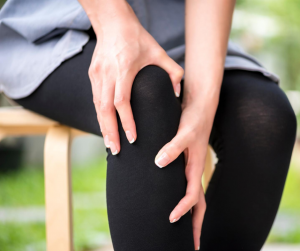 While anyone can get gout, it is most commonly seen in men between the ages of 40 and 50 years. The predisposition to developing Gout is often genetic, and certain lifestyle and medical factors can also increase your risk. These include:
While anyone can get gout, it is most commonly seen in men between the ages of 40 and 50 years. The predisposition to developing Gout is often genetic, and certain lifestyle and medical factors can also increase your risk. These include:
- Having kidney disease, or impaired kidney function, which affects your ability to effectively clear the uric acid from the body
- Certain medications, especially diuretics that help eliminate water from the body, thereby increasing the concentration of uric acid in the body
- High cholesterol, high blood pressure, obesity or glucose intolerance
- Dietary habits – like drinking alcohol and certain foods high in purines, as these are converted into uric acid by the body
Rich Man’s Disease: The Gout Tale
Interestingly, back in the “old days” before there was a clear medical understanding of the disease process in gout, it was often referred to as the rich man’s disease because wealthy men would be the most common sufferers of gout. The likely reasoning behind this was because their diet contained more expensive high-purine foods than what the average man would consume. This included alcohol, certain seafood and shellfish, certain meats like liver, venison, veal and turkey, and more.
Signs & Symptoms Of Gout
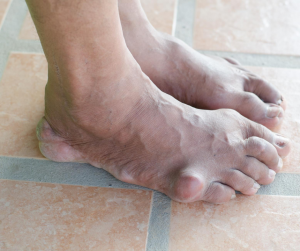 Gout flares can begin suddenly and unexpectedly. You’ll know exactly when the flare has begun, as your joint will swell, may redden and feel warm to touch, and will become very painful, especially with any pressure – and not just during walking – even the pressure from your bedsheets at night can cause extreme pain.
Gout flares can begin suddenly and unexpectedly. You’ll know exactly when the flare has begun, as your joint will swell, may redden and feel warm to touch, and will become very painful, especially with any pressure – and not just during walking – even the pressure from your bedsheets at night can cause extreme pain.
Your flare may last days or even weeks. The time between flares can vary greatly – ranging from weeks to years. Due to the swelling in a gout flare, over time, you may also develop some permanent joint damage, which can lead to a generally stiff and more painful joint.
Treating Gout
If you’re currently experiencing your very first episode of gout, the first thing you must do is see your doctor for a diagnosis. They’ll be able to prescribe medicines to help prevent future episodes of gout, though it cannot be cured completely.
Next, your podiatry team comes in. We’ll help you with managing the consequences of gout on your feet – from helping you off-load painful and swollen joints using custom foot orthotics, to helping you improve your comfort and mobility on your feet when dealing with the changes to your joints that your gout may create. We can also help with footwear recommendations or custom footwear to help you feel your best on your feet.
Our goal is always to help keep you mobile and independent for the years to come, which means taking the right steps and prevention methods now, to slow down any future joint deterioration or further damage. We can also advise you on lifestyle tips that can help – from wearing warm socks around the house to staying mindful of consuming too many high-purine foods.


